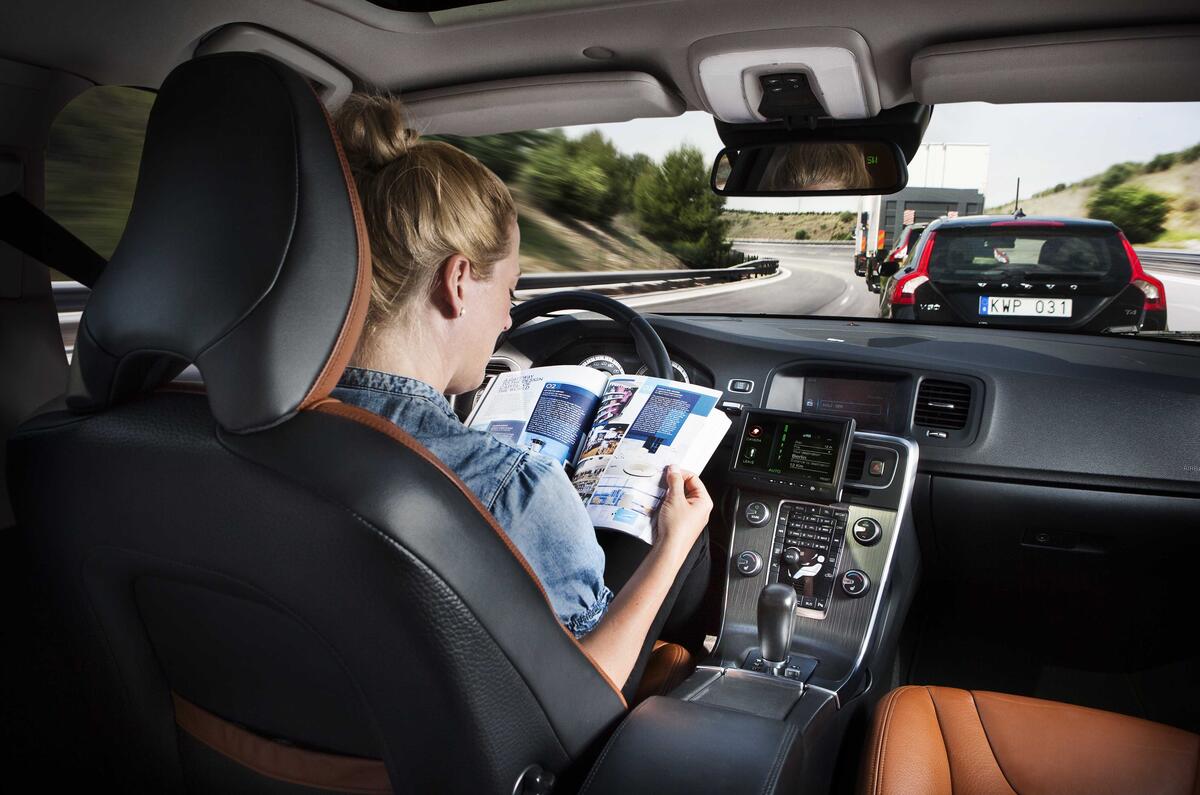I would have liked to have worked at Autocar under Maurice A Smith (DFC), who was editor in the late 1950s and 1960s. I suspect he was a man with a story or two to tell.
He served as a Wing Commander in World War Two and in 1941 he was awarded the Distinguished Flying Cross for his achievements. He was also editor of Flight, Autocar’s sister publication when it was owned by the Iliffe and Sons publishing house.
When it came to predicting future trends in the automotive industry, Smith was remarkably prescient. In our archives I stumbled across an editor’s leader in a March 1959 issue of Autocar that proves as much.
In his words, Smith notes the development of anti-lock brakes and more grippy tyres, two trends that were progressing at the time.
Yet he also forecasts collision avoidance systems, adaptive cruise control and autonomous vehicles, as well as many of the aspects of cars we take for granted today, such as smooth transmissions and capable suspension systems.
Smith’s words make reference to the Simca Fulgar, a concept car shown at the 1959 Geneva motor show that previewed how cars might look in the year 2000: atomic powered, radar guided and voice controlled.
Atomic powered? Well, two out of three ain't bad.
Although they might have looked and sounded outlandish to the layman, Smith’s deep knowledge of avionics told him that such ideas could potentially be applied to motor cars.
Here are his words in full from that issue.
“To look ahead at what is already known to be in store in automobile design and equipment is both exciting and intriguing, even though one may hesitate to estimate the costs. If people want something new and extra they usually manage to afford it - a television set, for example, or a washing machine.
“Already available in exotic spheres of motoring are early forms of air conditioning - that is full conditioning, including refrigeration - but this is still to be regarded as a luxury in most countries. For a start, let us have effective demisting of both front and rear windows.









Join the debate
Add your comment
voyager12 wrote:
Faraday, Tesla and Jaguar have actually been smart to start at that end of the market. It's not that a big car needs a bigger battery pack, it's that it *allows* one. Larger batteries allow faster charging, more power, and generally add far more range than the extra weight subtracts.
Big EVs are far more competitive, which is why the £60k Model S outsold the £20k Nissan Leaf in 2015 (and might have done again in 2016). 250-300 miles and 120kW charging plays 80-110 miles and 50kW charging.
I wonder what he would have thought of 'self-driving' behemoths